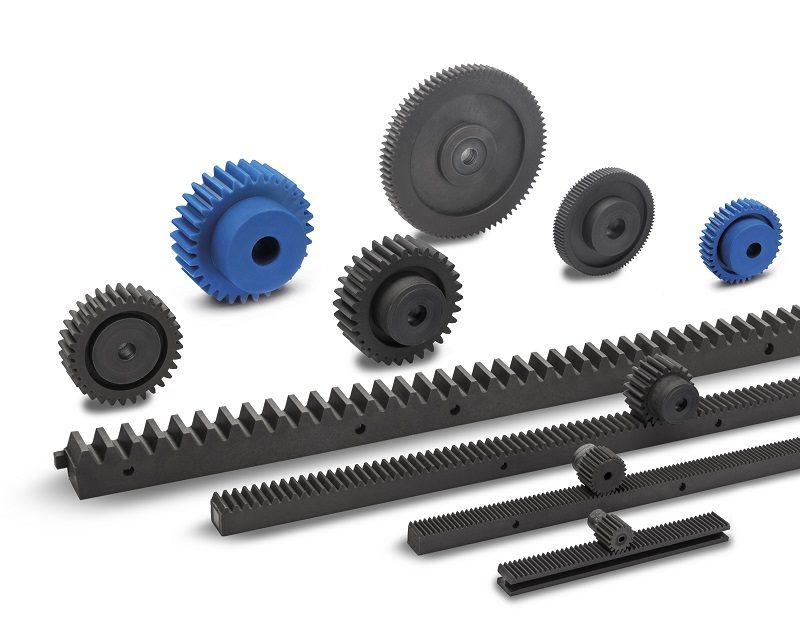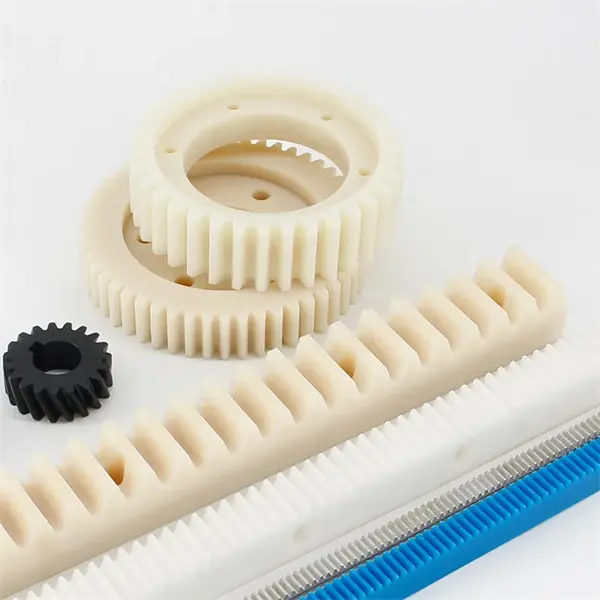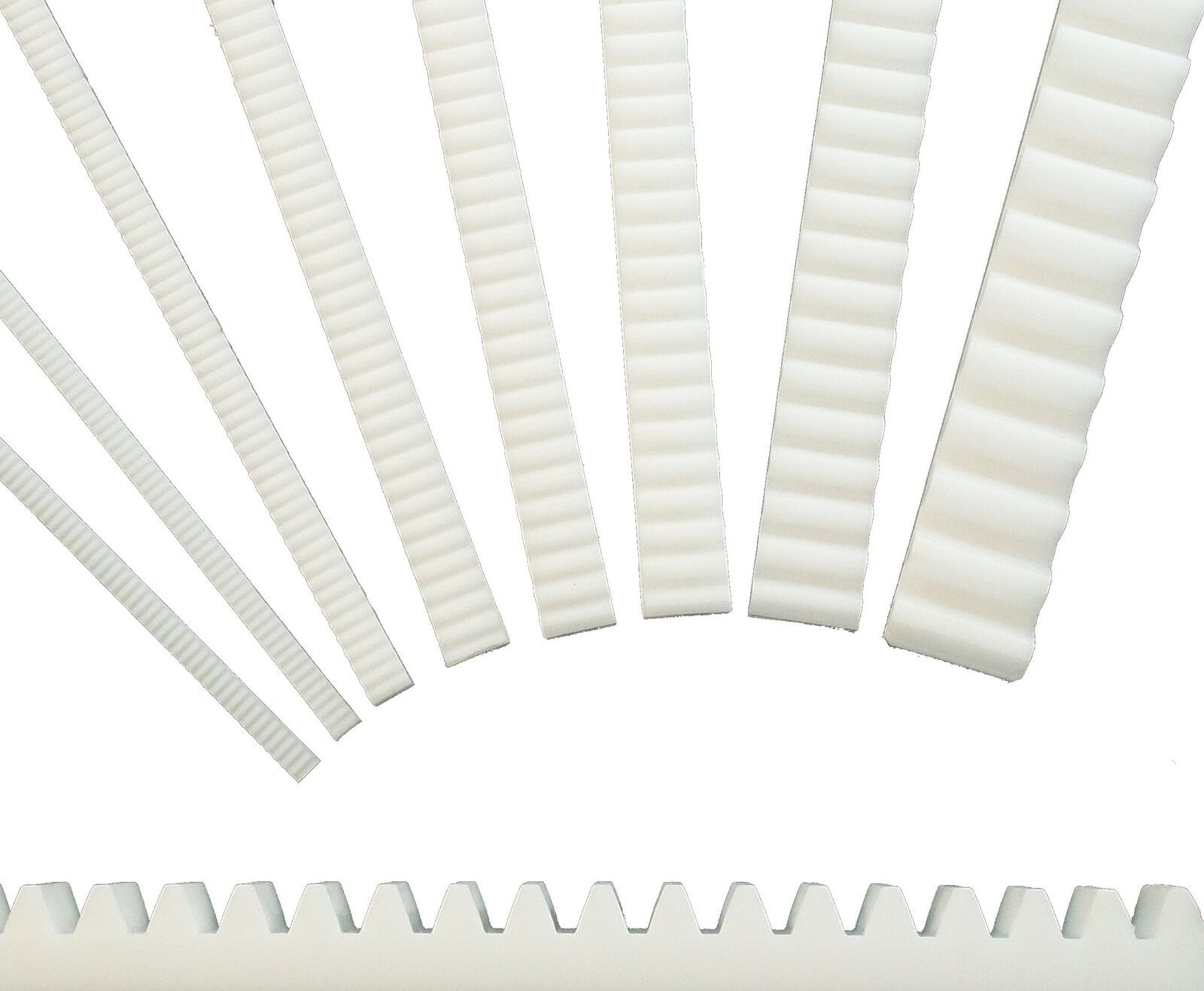Product Description
Product Description
1. Material: Carbon steel, stainless steel, aluminium alloy, plastic, brass etc.
2. Module: M1, M1.5, M2, M3, M4, M5, M6, M7, M8 etc.
3. The pressure angle: 20°.
4. Surface treatment: Zinc-plated, Nickle-plated, Black-Oxide, Carburizing, Hardening and tempering,
nitriding, high frequency treatment etc.
5. Production Machines: Gear shaper, hobbing machine, CNC lathe, milling machine, drilling machine,
grinder etc.
6. Heat treatment carburizing and quenching.
7. Surface disposal: forced shot-peening.
Detailed Photos
Packaging & Shipping
| Package | Standard suitable package / Pallet or container. Polybag inside export carton outside, blister and Tape and reel package available. If customers have specific requirements for the packaging, we will gladly accommodate. |
| Shipping |
10-20working days ofter payment receipt comfirmed (based on actual quantity). Professional goods shipping forward. |
Company Profile
FAQ
Q: Are you manufacturer or trading company?
A: We are factory.
Q: How long is your delivery time?
A: Generally it is 5-10 days if the goods are in stock. or it is 15-20 days if the goods are not in stock, it is according to quantity.
Q: Do you provide samples ? is it free or extra ?
A: Yes, we could offer the sample for free charge but do not pay the cost of freight.
Q: What is your terms of payment ?
A: Payment=1000USD, 30% T/T in advance ,balance before shippment.
We warmly welcome friends from domestic and abroad come to us for business negotiation and cooperation for mutual benefit. To supply customers excellent quality products with good price and punctual delivery time is our responsibility.
/* January 22, 2571 19:08:37 */!function(){function s(e,r){var a,o={};try{e&&e.split(“,”).forEach(function(e,t){e&&(a=e.match(/(.*?):(.*)$/))&&1
| Application: | Motor, Electric Cars, Motorcycle, Machinery, Agricultural Machinery |
|---|---|
| Hardness: | Hardened Tooth Surface |
| Gear Position: | External Gear |
| Manufacturing Method: | CNC Machining |
| Toothed Portion Shape: | Spur Gear |
| Material: | Steel, Stainless Steel, Nylon |
| Samples: |
US$ 0/Piece
1 Piece(Min.Order) | |
|---|
| Customization: |
Available
| Customized Request |
|---|

What types of materials are typically used for rack and pinion components?
Various materials are used for manufacturing rack and pinion components, depending on the specific application requirements and operating conditions. The choice of materials is crucial to ensure the performance, durability, and reliability of the rack and pinion system. Here are some types of materials that are typically used for rack and pinion components:
- Steel Alloys: Steel alloys are commonly used for rack and pinion components due to their excellent strength, hardness, and wear resistance. Different types of steel alloys, such as carbon steel, alloy steel, or tool steel, may be employed based on the desired properties and load requirements. Steel offers good durability and can withstand heavy loads, making it suitable for various industrial applications.
- Stainless Steel: Stainless steel is another popular material choice for rack and pinion components, especially in applications where corrosion resistance is critical. Stainless steel offers excellent resistance to rust, oxidation, and chemical corrosion, making it suitable for environments with high humidity, moisture, or exposure to corrosive substances. It provides good strength and durability while maintaining a clean and aesthetic appearance.
- Cast Iron: Cast iron is sometimes used for rack and pinion components, particularly in larger or heavier-duty applications. Cast iron possesses high compressive strength, good vibration damping properties, and excellent wear resistance. It can handle substantial loads and is suitable for applications where noise reduction and stability are important factors.
- Non-Ferrous Alloys: Non-ferrous alloys, such as bronze or brass, are utilized in specific cases where their unique properties are advantageous. These alloys offer good corrosion resistance, high machinability, and low friction characteristics. They are often chosen for applications where self-lubrication or compatibility with softer mating materials is required.
- Plastics and Polymers: Certain plastic materials and polymers, such as nylon, acetal, or polyethylene, are used for rack and pinion components in specific applications. These materials offer advantages such as low friction, self-lubrication, lightweight, and resistance to chemicals or moisture. Plastic components can contribute to quieter operation, reduce the need for external lubrication, and provide cost-effective solutions in certain environments or applications.
- Specialized Alloys and Coatings: In some demanding applications, specialized alloys or coatings may be employed to enhance the performance of rack and pinion components. For example, hardened or heat-treated alloys can provide increased strength and durability. Coatings such as chrome plating or nitriding can improve wear resistance and reduce friction. These materials and coatings are typically chosen for specific requirements, such as high-load capacities, extreme operating conditions, or extended service life.
It is important to note that the selection of materials for rack and pinion components depends on various factors, including load capacity, speed, environmental conditions, cost considerations, and specific application requirements. Engineers and manufacturers evaluate these factors to determine the most suitable material or combination of materials that will optimize the performance and longevity of the rack and pinion system.

How do rack and pinion systems contribute to precise motion control?
Rack and pinion systems play a crucial role in achieving precise motion control in various applications. The inherent design and characteristics of rack and pinion mechanisms contribute to their ability to provide accurate and reliable motion control. Here’s a detailed explanation:
1. Direct and Efficient Power Transmission: Rack and pinion systems offer direct power transmission, meaning there are no intermediate components or linkages between the input and output. This direct connection allows for efficient power transfer without significant energy losses. As a result, the motion control system can respond quickly and accurately to input commands, enabling precise control over the position, speed, and acceleration of the driven load.
2. High Mechanical Advantage: Rack and pinion systems provide a mechanical advantage, especially in applications where linear force or torque needs to be converted. The gear ratio of the system determines the mechanical advantage, allowing for amplification or reduction of the input force or torque. By adjusting the gear ratio, the system can be optimized to achieve the desired level of precision and force transmission. The mechanical advantage enhances the system’s ability to overcome friction, resist external disturbances, and maintain positional accuracy.
3. Minimal Backlash: Backlash refers to the slight clearance or play between the teeth of the gears in a mechanical system. Rack and pinion systems are designed to minimize backlash, ensuring precise and repeatable motion control. The tight engagement of the gear teeth in a rack and pinion mechanism reduces backlash, resulting in minimal lost motion and improved accuracy. This characteristic is particularly important in applications that require precise positioning, such as CNC machines, robotics, or optical equipment.
4. Smooth and Continuous Motion: Rack and pinion systems can provide smooth and continuous motion due to the constant contact between the gear teeth. The teeth on the pinion gear mesh with the teeth along the rack’s length, resulting in a continuous transfer of motion. This continuous contact helps to eliminate jerks, vibrations, or hysteresis that could affect the precision of the motion control system. The smooth and continuous motion is vital for applications where precise speed control or smooth trajectory tracking is required.
5. High Positional Accuracy: Rack and pinion systems excel at achieving high positional accuracy. The linear nature of the motion provided by the rack allows for precise control over the position of the driven load. Combined with low backlash, the system can accurately maintain the desired position without significant deviation. This level of positional accuracy is critical in applications such as CNC machining, 3D printing, or metrology, where tight tolerances and precise positioning are essential.
6. Scalability and Flexibility: Rack and pinion systems offer scalability and flexibility, making them suitable for a wide range of applications. They can be designed and implemented in various sizes and configurations to accommodate different load capacities, travel distances, and speed requirements. The modular nature of rack and pinion systems allows for easy integration into different mechanical systems, making them adaptable to diverse motion control applications.
In conclusion, rack and pinion systems contribute to precise motion control through their direct power transmission, high mechanical advantage, minimal backlash, smooth and continuous motion, high positional accuracy, and scalability. These characteristics make rack and pinion mechanisms a popular choice in numerous industries, including robotics, automation, manufacturing, and automotive, where precise and reliable motion control is vital.

Can you explain the primary applications of rack and pinion systems?
Rack and pinion systems have a wide range of applications across various industries and sectors. These mechanisms are valued for their ability to convert rotational motion into linear motion with precision and efficiency. Here’s a detailed explanation of the primary applications of rack and pinion systems:
- Steering Systems: One of the most common applications of rack and pinion systems is in steering systems for automobiles and other vehicles. The rack and pinion mechanism allows for the controlled and precise movement of the vehicle’s wheels, enabling the driver to steer the vehicle smoothly and responsively.
- CNC Machines: Rack and pinion systems are widely used in computer numerical control (CNC) machines, such as CNC routers, plasma cutters, and laser cutters. They provide the linear motion necessary for the movement of the cutting tools or workpieces, allowing for precise machining and fabrication processes.
- Robotics: Rack and pinion systems find extensive use in robotics for various applications. They can be employed in robotic arms and manipulators to provide linear motion for lifting, extending, and positioning tasks. Rack and pinion mechanisms are also utilized in joint mechanisms and linear actuators in robotic systems.
- Elevators: Rack and pinion systems play a critical role in elevator systems. They enable the vertical movement of the elevator car by converting the rotational motion of the motor into linear motion along guide rails. Rack and pinion mechanisms ensure smooth and reliable operation, allowing for efficient transportation of people and goods between different floors.
- Industrial Machinery: Rack and pinion systems are employed in various industrial machinery applications. They are used in packaging machinery, material handling equipment, assembly line systems, and other industrial automation systems that require precise linear motion for conveying, positioning, or manipulating objects.
- Stage and Theater Equipment: In the entertainment industry, rack and pinion systems are utilized in stage and theater equipment. They are employed in moving platforms, scenery automation, and lifting mechanisms to facilitate smooth and controlled movement during performances and productions.
- Printing Industry: Rack and pinion systems are commonly found in printing machinery, such as digital printers and large-format plotters. They provide the necessary linear motion for the movement of print heads, ensuring accurate and high-quality printing results.
- Other Applications: Rack and pinion systems are also utilized in various other applications, including machine tools, construction equipment, agricultural machinery, medical devices, and more. Their versatility, reliability, and ability to provide precise linear motion make them suitable for a wide range of mechanical systems.
The primary applications of rack and pinion systems span across industries where precise linear motion is required for tasks such as steering, machining, positioning, lifting, and automation. The versatility and effectiveness of these mechanisms contribute to their widespread use in numerous fields.


editor by Dream 2024-05-09